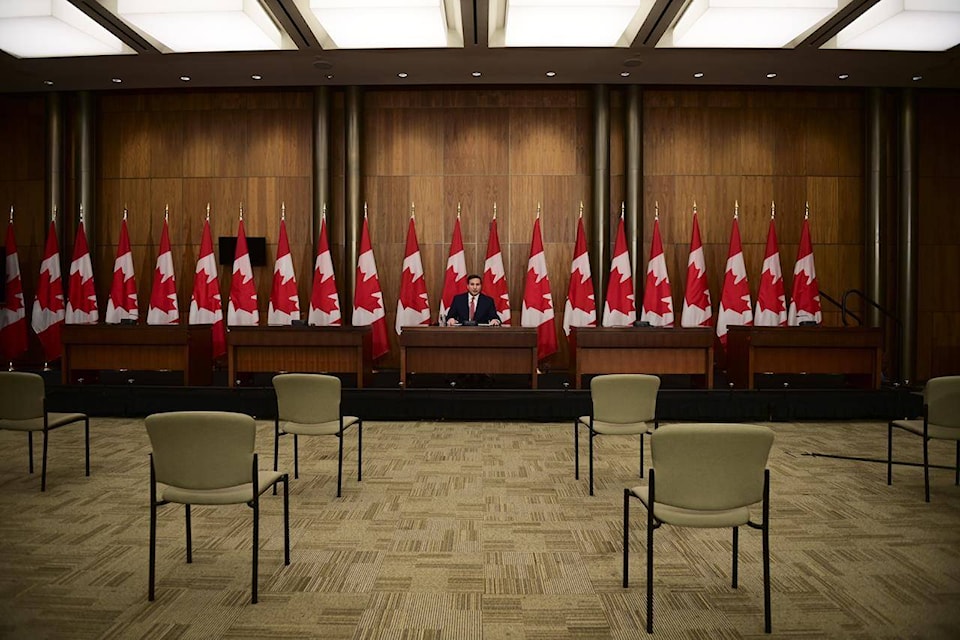If Canada’s economic growth is based on strong immigration, what happens if there aren’t enough immigrants?
Way back at the beginning of the pandemic, last April, I wrote about how we weren’t going to have a baby boom due to being locked up inside for months on end, as so many people smugly predicted.
I just want to note, for the record, that I was completely right.
The baby bust has arrived on schedule in almost every country on earth, with birth rates dropping sharply around December and January – nine months after the pandemic lockdown restrictions kicked in.
READ MORE: COVID-19 fears spark increased interest in home births
In March 2020, there were 3,659 babies born in B.C. In March 2021, there were 2,016.
Still, Canada’s birthrate has been below replacement rate for nearly 50 years now. We’re a growing country because we have a successful immigration program, right?
Well, we had one. And maybe someday we’ll have one again, but for now, also because of the pandemic, arrivals are way down.
Canada welcomed 184,624 immigrants in 2020, about a third below the federal target of 341,000.
Ottawa had already set ambitious targets for the next several years – 400,000 to 421,000 new immigrants every year from 2021 to 2023.
It’s hard to see how we hit this year’s goal, either. Are we going to try to play catch up, cramming in 500,000 new arrivals a year? Not without some serious re-thinking of how we process new Canadians, we’re not.
Streamlining immigration for students and via family reunification might be the easiest way to boost our immigration numbers, as well as giving a path to permanent residency to temporary foreign workers who are already here. The government has already made a few moves in that direction in recent months. But a long-term solution may be more difficult to find.
In a world where every country is seeing a baby bust, immigrants will be in increasingly short supply. Right now, there are only a handful of countries that embrace mass immigration. But Spain and South Korea, Hungary and Italy, Japan and even China are seeing populations peak or decline. COVID is accelerating that process.
Some of those countries will decide that their future has to be multicultural. In other words, they’re going to be competing with Canada for future immigrants. Meanwhile, the shrinking labour markets in many countries could see rising wages – that’s traditionally what happens when your labour force shrinks – and therefore, more incentives to stay at home.
In a decade, Canada, a country whose economy is built around steady immigration, could be facing low birth rates, and competition from both higher wages abroad and from other nations embracing our own immigration strategy.
Canada’s pitch to immigrants is simple – we’re a democratic, open society with a highly developed economy. Freedom plus opportunity. So what happens if other countries can offer just as much freedom and opportunity? What if, in fact, they can offer a better package – one that entices Canadians to pick up and move, too?
Have a story tip? Email: matthew.claxton@langleyadvancetimes.com
Like us on Facebook and follow us on Twitter.
